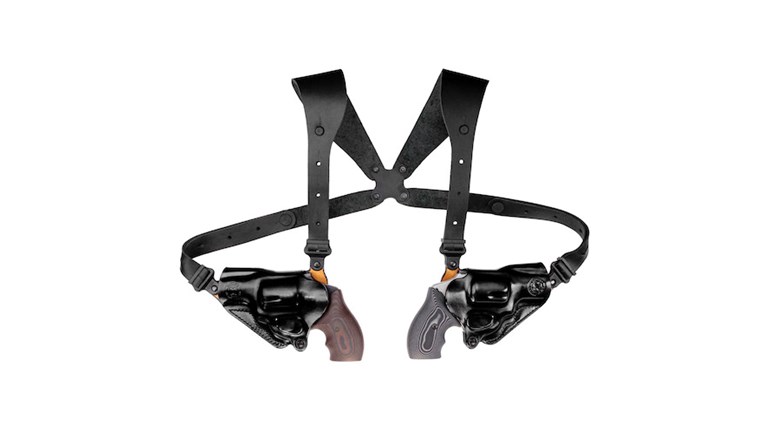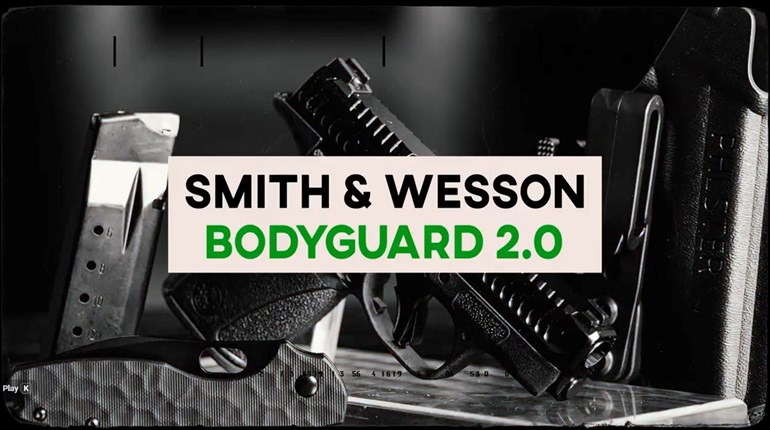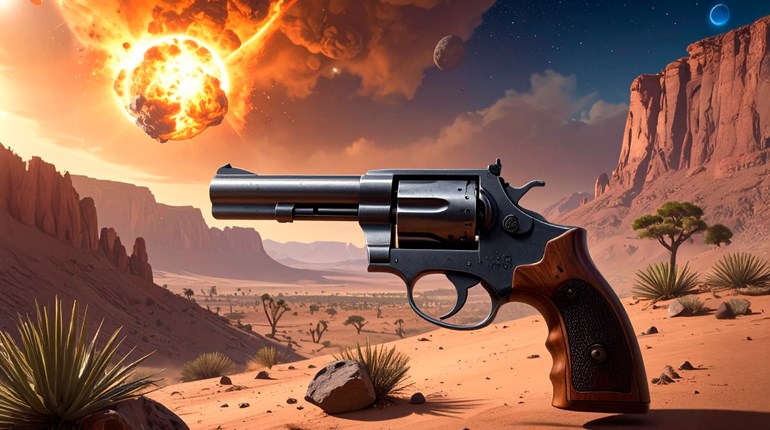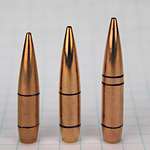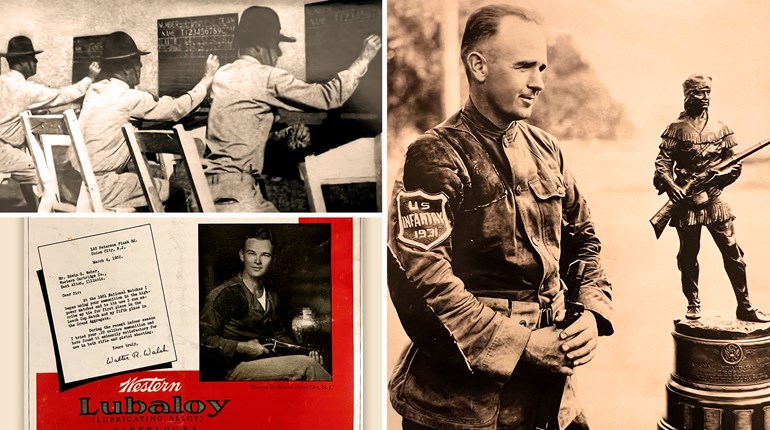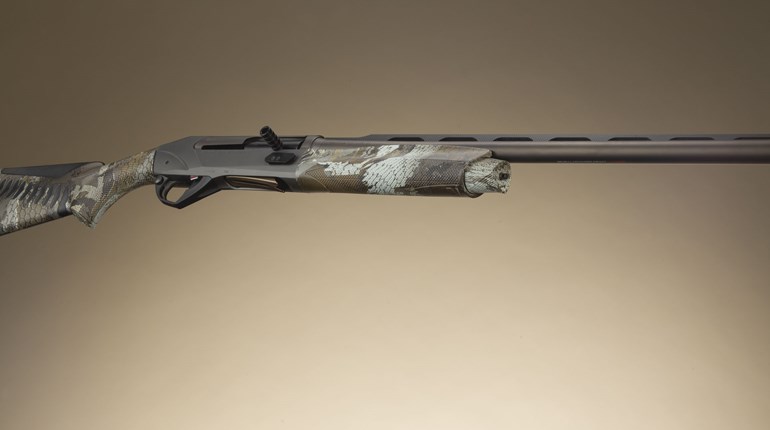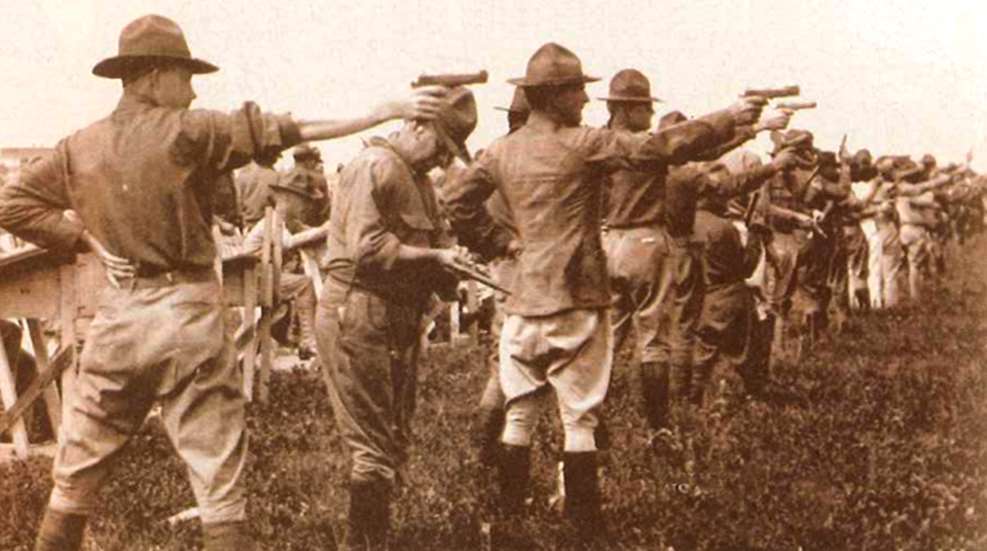
Just two days past Christmas, in 1906, five U.S. Army officers each received telegrams detailing them to the Springfield Armory to test, evaluate and recommend a new pistol for the U.S. Cavalry. After a few delays, the Board finally met on March 19, 1907. Four years and 10 days later, Jacob M. Dickinson, Secretary of War in the cabinet of President William Howard Taft, approved the recommendations of the board and accepted the Colt Automatic Pistol, .45 caliber, Model of 1911 as the standard service arm of the U.S. Army—a designation it would keep for the next 75 years.
The selection of the Colt Automatic was by no means a foregone conclusion when the original board met on January 15, 1907. The manufacturers of 20 automatics and revolvers had been invited to participate in the trials with seven autos, two revolvers and one auto/revolver making it to the actual test stages. By the time Secretary Dickinson adopted the Colt in 1911, only one other gun, a Savage, was still in the running.
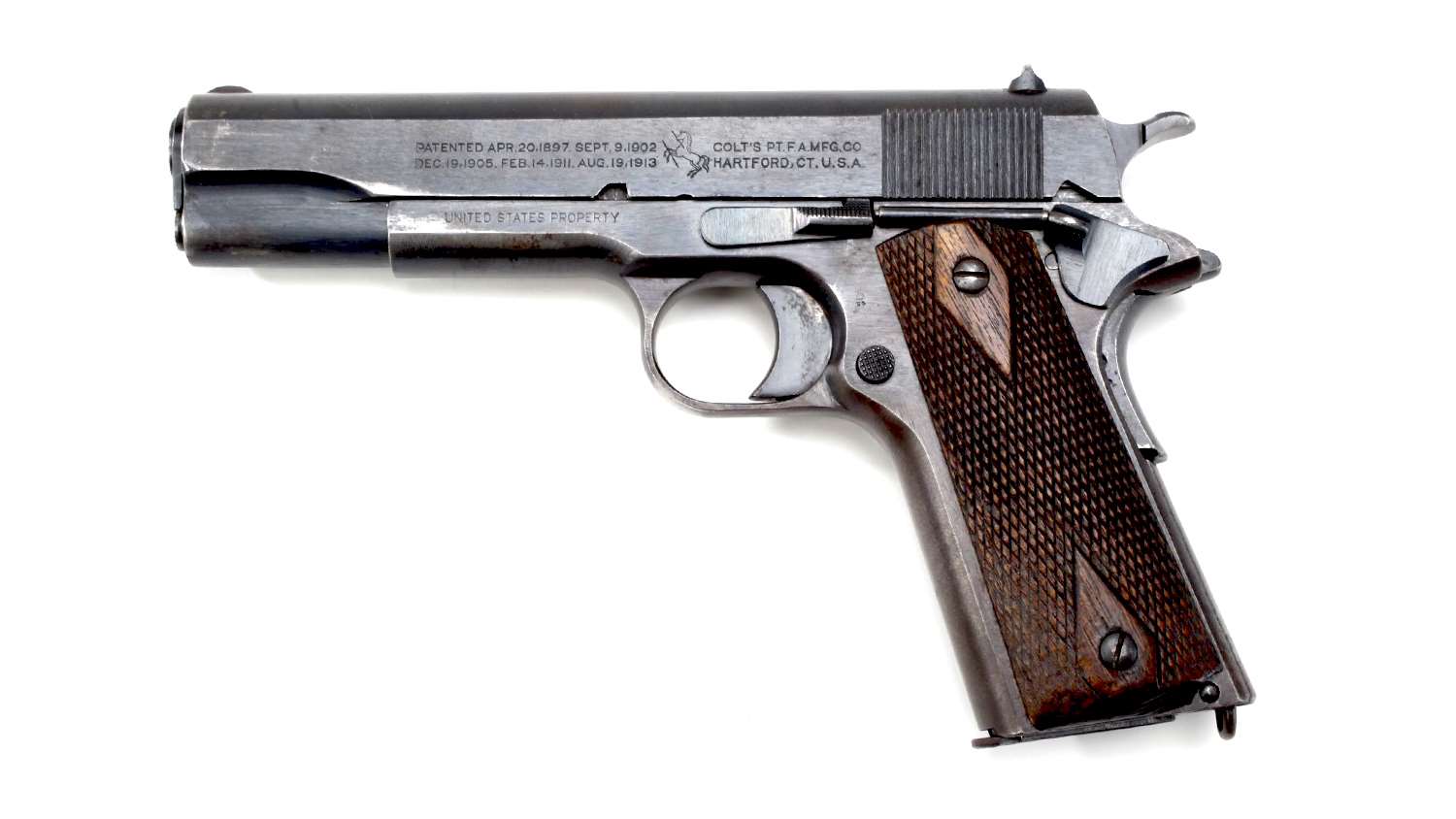
The Beginning of a Beautiful Relationship
The U.S. Army began looking at the question of adopting automatic pistols as early as November 1898. In 1900, both the Army and Navy began to carefully examine the Browning auto pistol design manufactured by Colt when they each purchased 200 examples for testing and field use. Not to be outdone, the Europeans—namely Mauser, Borchardt and Luger, who had pioneered the auto pistol concept in Europe—began to attract the attention of board officers and in 1901, 200 Luger pistols in 7.65mm were purchased for testing as well.
The main interest of the Army was to determine if the autos were capable of delivering the same or better service than the venerable revolvers. Rugged reliability, accuracy and ease of disassembly along with simple component parts were among the items most closely examined.
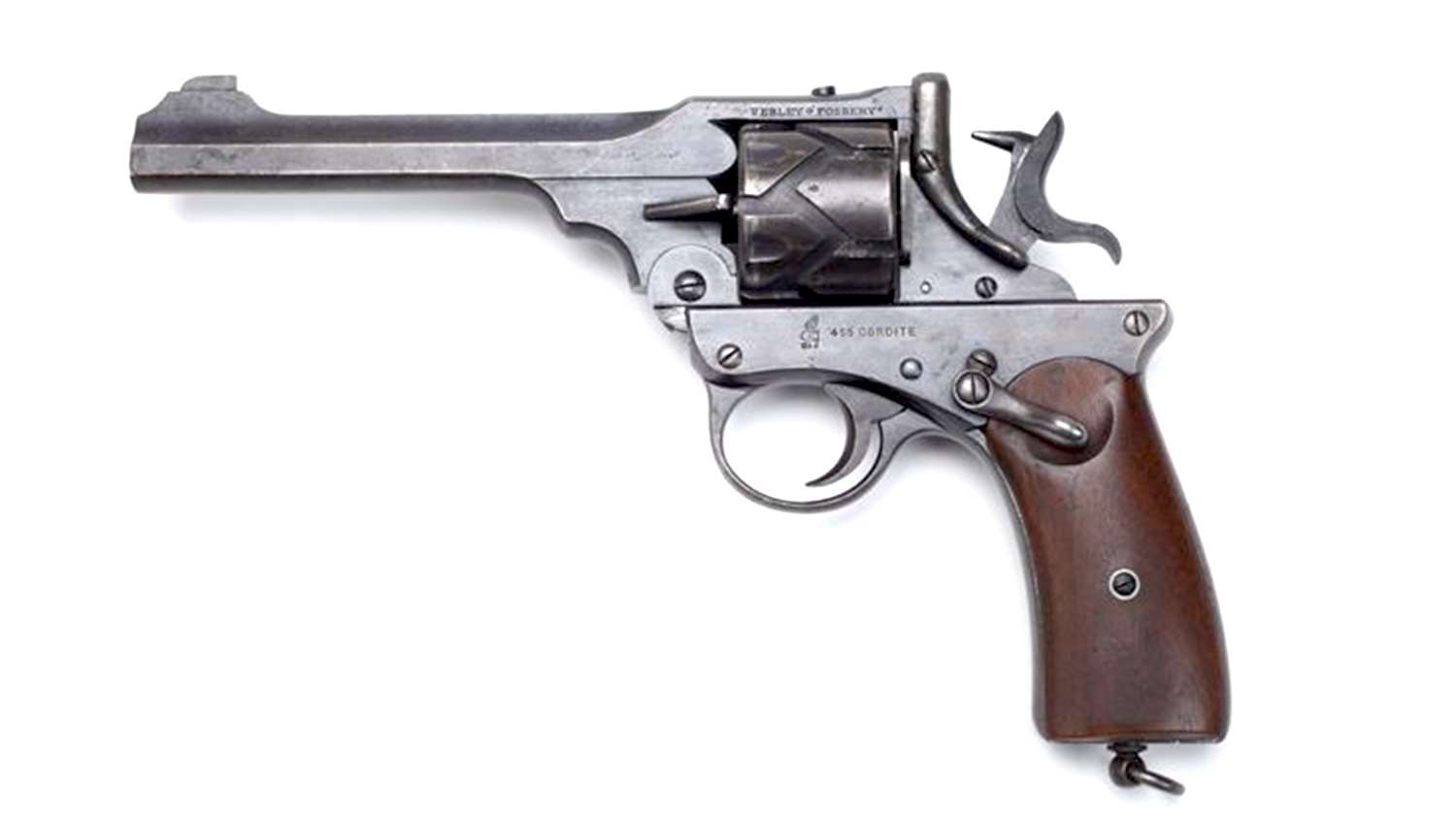
In 1905, the Frankford Arsenal began to produce the desired cartridges for use in both automatic pistols and revolvers. In Ge. Croizer's letters of invitation to industry, he included the design and composition of the new service cartridge as well as a list of ballistic findings. Gen. Croizer also indicated that when the board was convened, the guns submitted should not only use the desired cartridge but should operate with only those cartridges supplied by the Frankford Arsenal for use and evaluation. This requirement lead to numerous delays and ate up most of a calendar year while modifications and improvements were made to the various pistol designs so they would be capable of competing under the Army requirements.
In January of 1907, auto pistols by Colt, Luger, Savage, Knoble, Bergman, and White-Merrill were submitted for inspection. Not entirely convinced an automatic pistol was yet the way to go for service adaptation, the Army also tested new revolver designs by Colt and Smith & Wesson as well as an automatic revolver designed by Col. George Fosbery and manufactured by the Webley & Scott firm of Birmingham, England.
The Trials
What is now known as the famous pistol trials of 1907 might have been known as the trials of 1906 if it hadn't been for numerous delays in Army scheduling and difficulties with the ammunition. Originally scheduled to begin on September 12, 1906, schedule conflicts with those appointed to the board caused a delay until October 29. Another unspecified delay moved the proceedings to December 3 and then again until January 15, 1907, to allow George Luger to complete the conversion of his pistol to the specified .45 caliber.
On January 15, Luger was ready with his pistol design in .45 cal. (one of two or three he manufactured in .45 cal. and now subsequently the most valuable automatic pistol in the world, as only one example is thought to have survived). However, four other manufacturers were still absent from the proceedings. Army boards are serious affairs and the inability of the manufacturer to be present on time was no excuse to delay proceedings. The board was convened on time and proceedings began in earnest to select the new arm of the U.S. Cavalry.
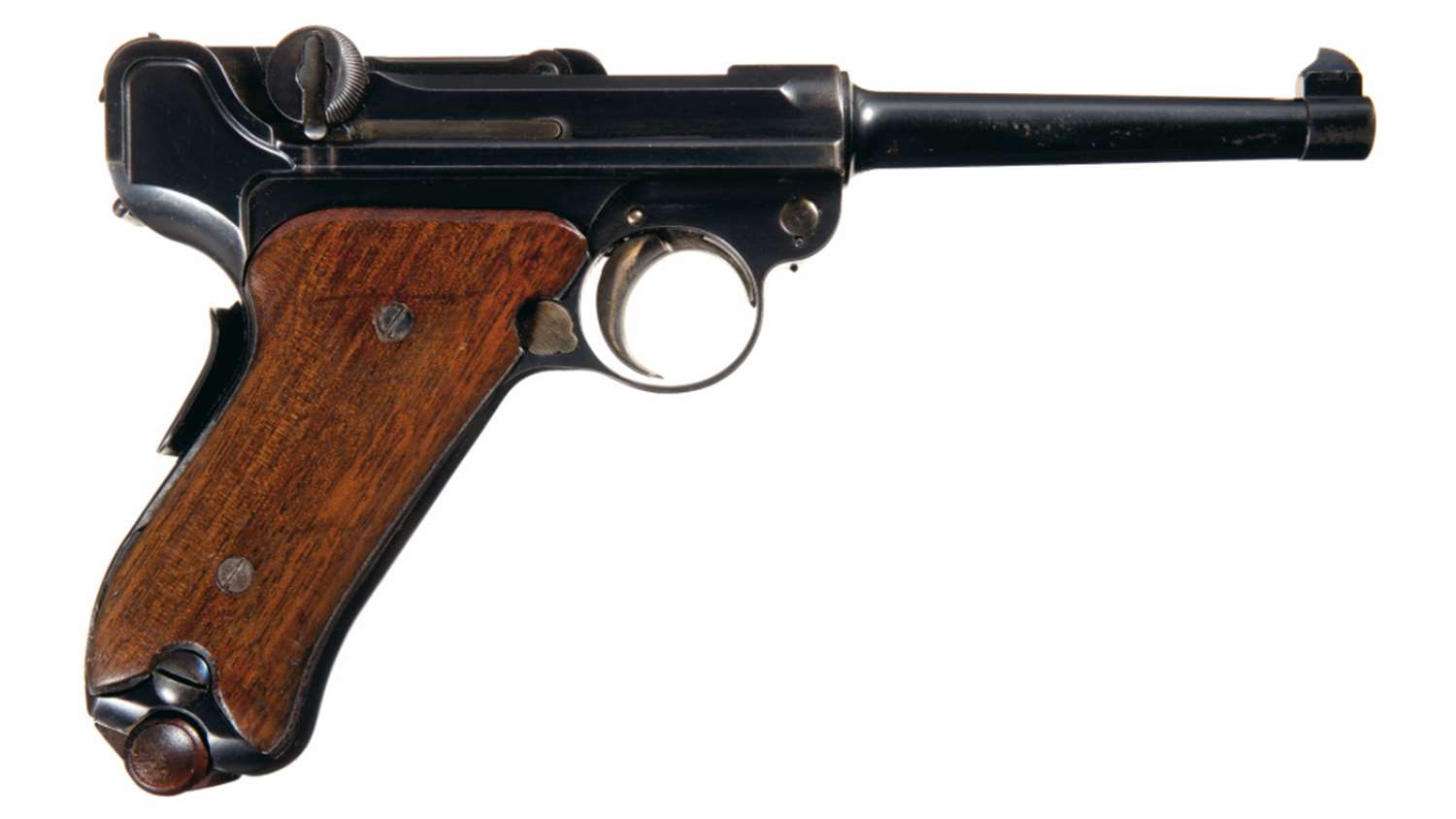
The board members adopted a program of tests for the submitted firearms. Items of consideration were to include, but not be limited to, some 25 items ranging from the aforementioned ammunition requirements to the minimum number of cartridges each should hold (not less than six rounds), trigger pull, (not less than six lbs.), shape facilitating the carrying and easy removal from a holster, chamber loaded indicator, remaining cartridge indicators, balance, charging from box magazine and not by charging clips, ease of disassembly, positive breach closure prior to discharge and vertical ejection as opposed to side ejection for the spent cartridges. As stated earlier, the Army was not yet convinced that an automatic was best suited for the rigors of service, so two revolvers and the Webley-Fosbery automatic revolver were tested alongside the automatics in the evaluations. The cartridges were identical to the ACP cartridges with the exception of a rimmed base as opposed to the cannelured base of the ACP cartridge. The board adopted the program of the previous tests for evaluation of the revolvers.
The Guns
The Knoble—Designed by William Knoble of Tacoma, WA, this automatic had one advantage in its design that was later adopted by various Walther models. In its double action form, an additional pull of the trigger would cause the hammer to raise and fall once more in a attempt to secure a positive ignition to a previously failed round. However, neither pistol was suitable designed to permit smooth and positive operation. Remarkably, neither the inventor nor a representative were present at the trials. Experienced experts from the armory were challenged to disassemble and reassemble the gun, but none of them were able to get the gun to discharge a single round. As a result, the board was not able to even begin testing the gun.
The Bergman—An enlarged copy of the famous Bergman-Bayard pistol was submitted with great anticipation by its inventor, Theodore Bergman, of Baden, Germany. Having been one of the pioneers of autoloading firearms, his pistol had enjoyed wide sales in Europe and was adopted by numerous military services—including those in Denmark, Greece and Spain. However, when testing began it was argued the supplied cartridges were not of sufficient power to operate the mechanism. Additional cartridges were procured with an increased powder charge, but to no avail. The gun refused to discharge any of the provided ammo and was dismissed from further testing.
The White-Merrill—Submitted by Samuel Merrill of Boston, MA, this pistol employed one singular characteristic intriguing to the board. Since the adoption of the S&W Schofield in 1877, consideration was given to any gun that could be cleared or loaded with one hand, facilitating the operator to maintain control over his mount by holding the reins with his off hand. The White-Merrill accomplished this objective by having a spur located under the trigger guard permitting the operation of the slide with the pistol hand. However, the amplified blow-back system employed a very strong spring and action to accommodate the increased power of the .45 ACP cartridge making this operation quite difficult. Additionally, numerous cartridge failures, feeding problems and loose screws prevented any more than 211 rounds from being fired before testing stopped. Although no mention was made in the report, the over-sized slide/trigger spur surely would have made for a difficult holster pattern and would certainly have been condemned by troops in the field as being a considerable impediment to handling.
The Webley-Fosbery—A favorite novelty of the author, the Webley-Fosbery .455 is still the only automatic revolver ever produced commercially in large numbers (nearly 4,000 manufactured). It passed all the tests and scored higher than any of the automatics when it came to the rust and dirt drills. The board summarily dismissed it as it offered no serious advantages over the submitted automatics with the exception of lighter recoil.
The Luger—The assorted colonels, majors and captains who comprised the review board must surely have been impressed with the physical presence at the trials of George Luger, the inventor of the world-renowned self-loading pistol that bore his name. Most of the officers were already familiar with Luger's work as the Army and Navy had purchased 1,000 Lugers for field trials. Luger personally demonstrated the gun before the board and using only one screwdriver and two drifts, he disassembled and reassembled the gun completely in just eight minutes. The gun fairly withstood the firing tests having fired 1,022 rounds—more than any of the other competitors. It averaged below the Colt in the number of jams and below the Savage in the number of misfires. However, the "certainty of action" due to its positive spring action was a major drawback compelling the board to return a negative finding on the pistol. Additionally, the Luger had been tested using 746 rounds of ammunition prepared by Luger and brought over to the trials. Luger had prepared special "hot rounds" with a faster burning powder than was currently available in the U.S. On this point, the Army conceded that the Luger worked best with the German-made rounds.
The Finalists
The Savage and Colt Autopistols—Elbert H. Searle, the father of the Savage Autopistol, was granted his first patent for an automatic pistol in 1903. He sought out the financial assistance of William D. Condit of Philadelphia in an effort to secure an manufacturer for his invention. Condit contacted the Savage Arms Co. at the same time the Army announced the trials for the new service pistol. Savage worked out a deal with Condit & Searle and produced what became known as the Savage 1906 Automatic in .45 cal. Little time had been lost in producing an example for the Army to test as the patent papers had not been filed on the 1906 model until a month after the trials had completed. Given that the Savage auto was a new concept and design to the Savage Arms Co. (whereas Colt had been working with Browning on his auto pistol for nearly 10 years), it is quite amazing how well it did against the inventive and venerable combined arms manufacturing genius of Colt and Browning.
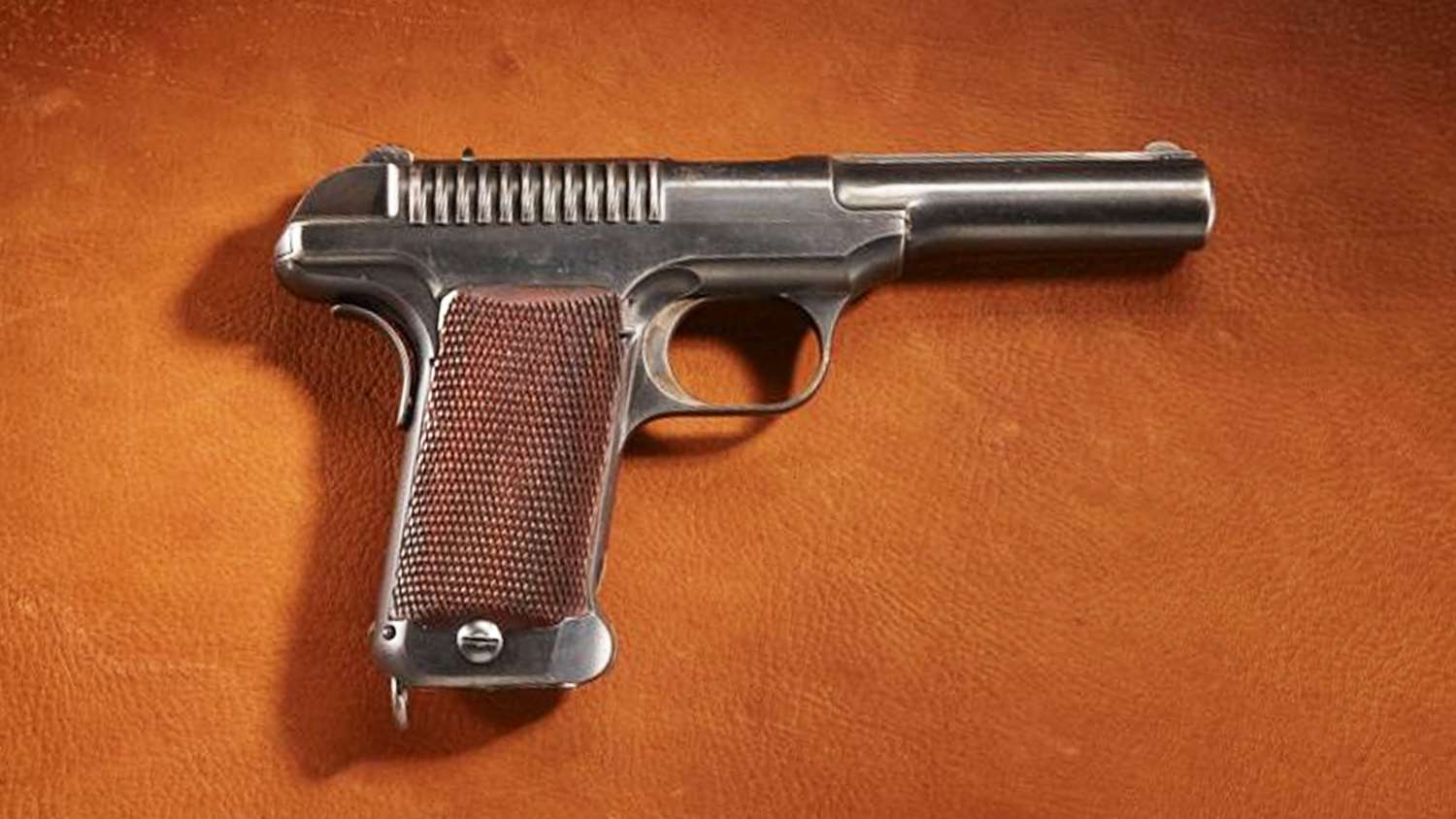
The Colt submitted for testing was a military Model 1905 developed by John Browning and Colt following their "head start" on .45 ACP ammunition development beginning in February 1904. Having nearly three years advance warning as to the cartridge composition the Army might require, it is somewhat amazing the Colt did not outperform the other competitors hands-down during the trials. The Colt rang up 30 misfires, jams or malfunctions in 900 rounds fired during testing. Still, it seemed to have the eye of those who were reviewing the tests—not hard to understand since Colts had been serving the U.S. mounted troopers since 1847.
The Colt and Savage went neck and neck in the trials adoption, the Savage Auto was additionally slighted by the board for the same deficiencies the Colt had—defective side ejection, no loaded chamber indicator and no automatic safety. A recommendation of the board suggested Colt and Savage be given an opportunity to field test their guns under service conditions. The Chief of Ordnance approved the expenditure of monies to allow 200 of each gun to be purchased and placed with members of differing Cavalry regiments. For some still unexplained reason, Savage declined to accept the government request to produce 200 of the Model 1906.
To say the least, the Army Board was stunned by the lack of interest in what would surely have been a lucrative government contract. Still, somewhat confused at their reaction, the chief ordered the next runner-up, the Luger, to undergo the field trials and 200 Lugers were ordered.
Considering the final details over royalties and patent rights had not yet been finalized, Searle and Condit may have been haggling with Savage for a favorable financial position, given that the patent protecting Searle's Model 1906 was not filed until 30 days following the Army's order for an additional 200 pistols.
And the Winner is ...
The Army review board sent its recommendations to the Chief of Ordnance following the end of the trials on March 28, 1907. Unconvinced the automatic pistol was the most serviceable choice for use in the Cavalry, it recommended the immediate adoption of the Colt revolver in the new cartridge and directed it be sent to troops in the Philippines as soon as practicable.
They asked that 200 examples of modified Colt and Savage auto pistols be sent to six troops of cavalry for field testing. Savage did not originally accept the Army order for 200 guns at any price and the army began negotiations to secure 200 Lugers as the next runner-up.
Eventually, Savage submitted an estimate for 200 guns and produced the Model 1907 at the same time Colt revised their model and sent 200 Model 1907s for evaluation. The contract with Luger was never executed, resulting in only three known Lugers being manufactured in .45 ACP.
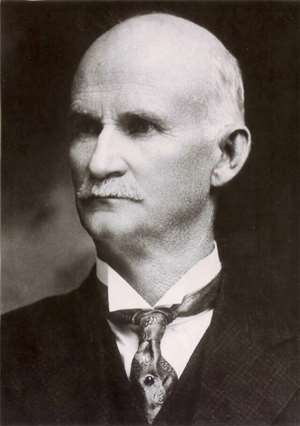
The showdown came on March 15, 1911, when the Colt-improved Model 1911 went up against the Savage Model 1910. Over 6,000 rounds were fired from each pistol. The Savage had only 37 misfires. The Colt had none. The Colt consistently grouped better in the accuracy tests and was much quicker and easier to disassemble than the Savage. The Colt, after exactly four years of refinement, was unanimously approved by the testing Board and adopted on March 28, 1911. By late April of that year, contracts totaling more than 30,000 pistols began a relationship between the Army and Colt that would last 75 years and produce a total of more than 6 million pistols.














